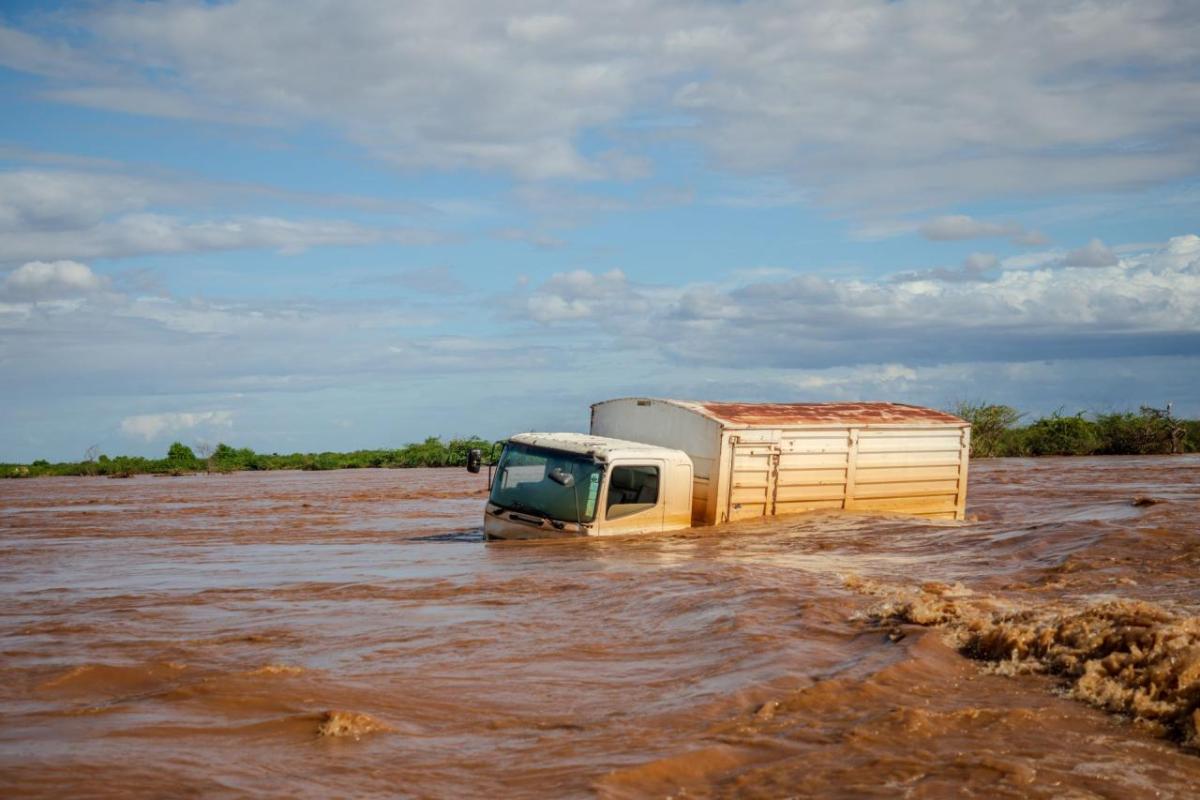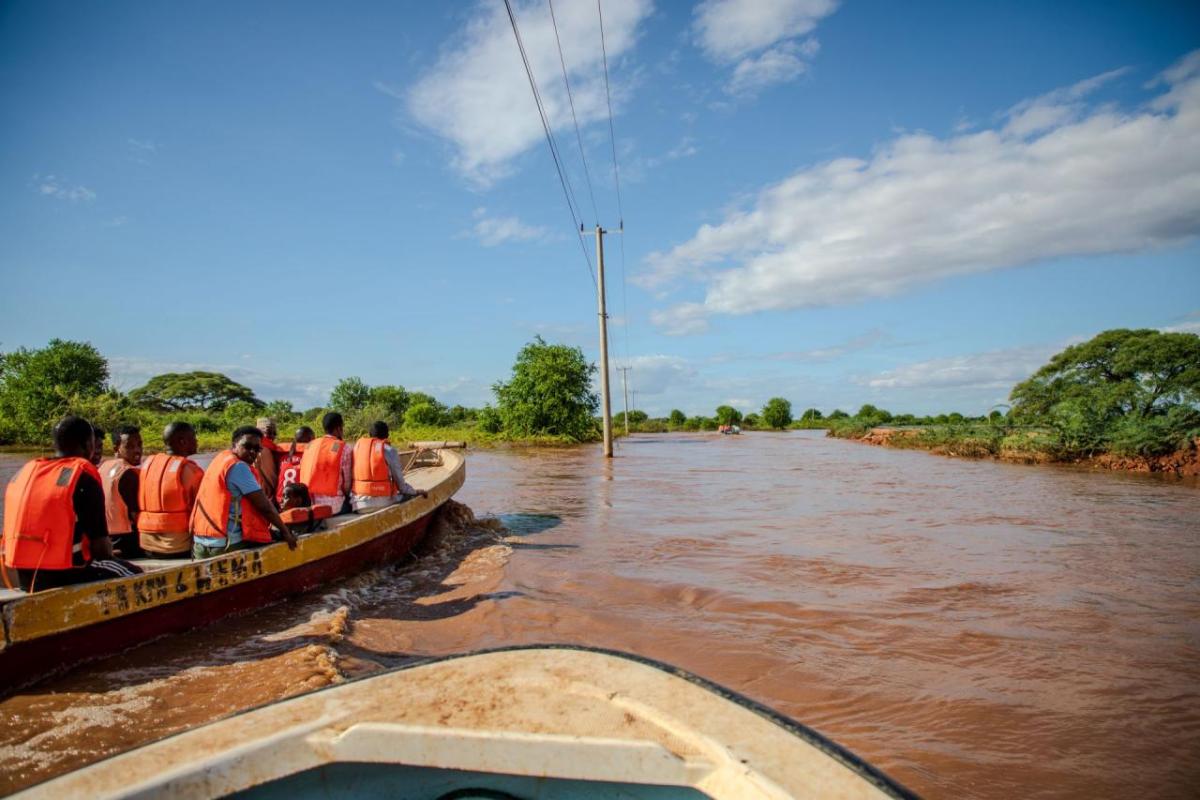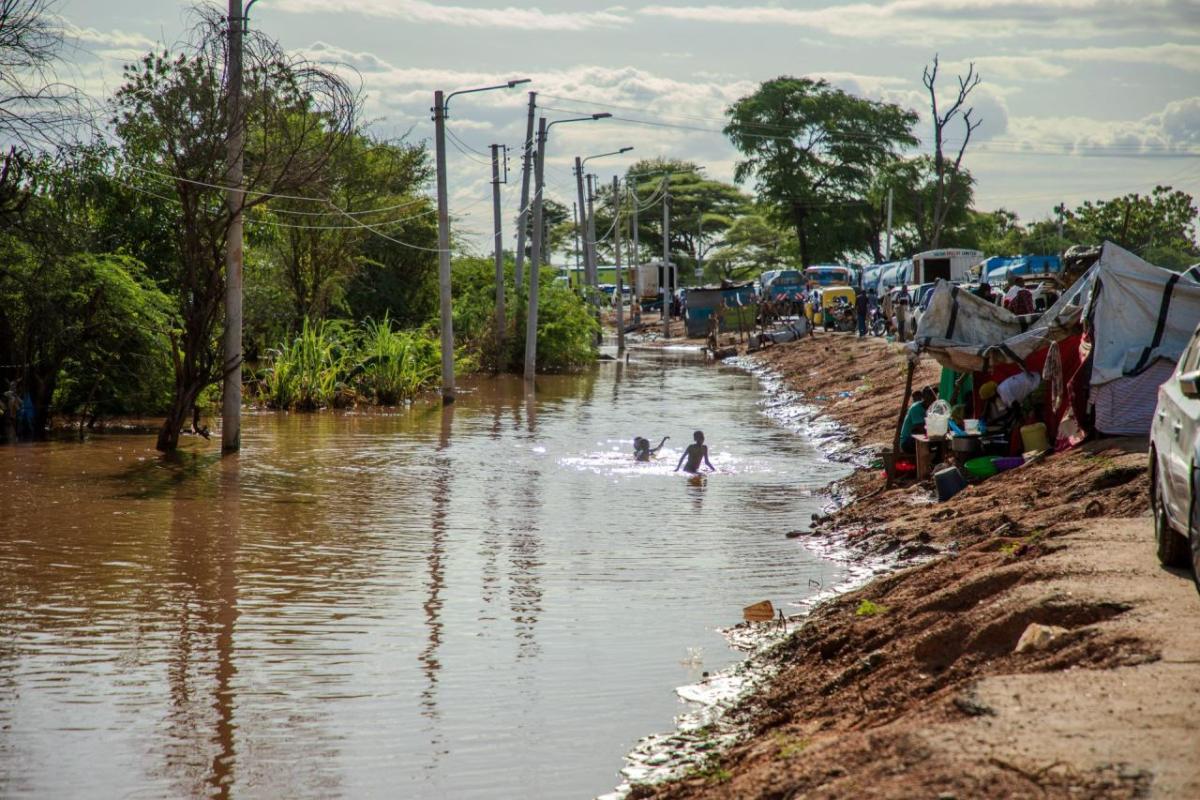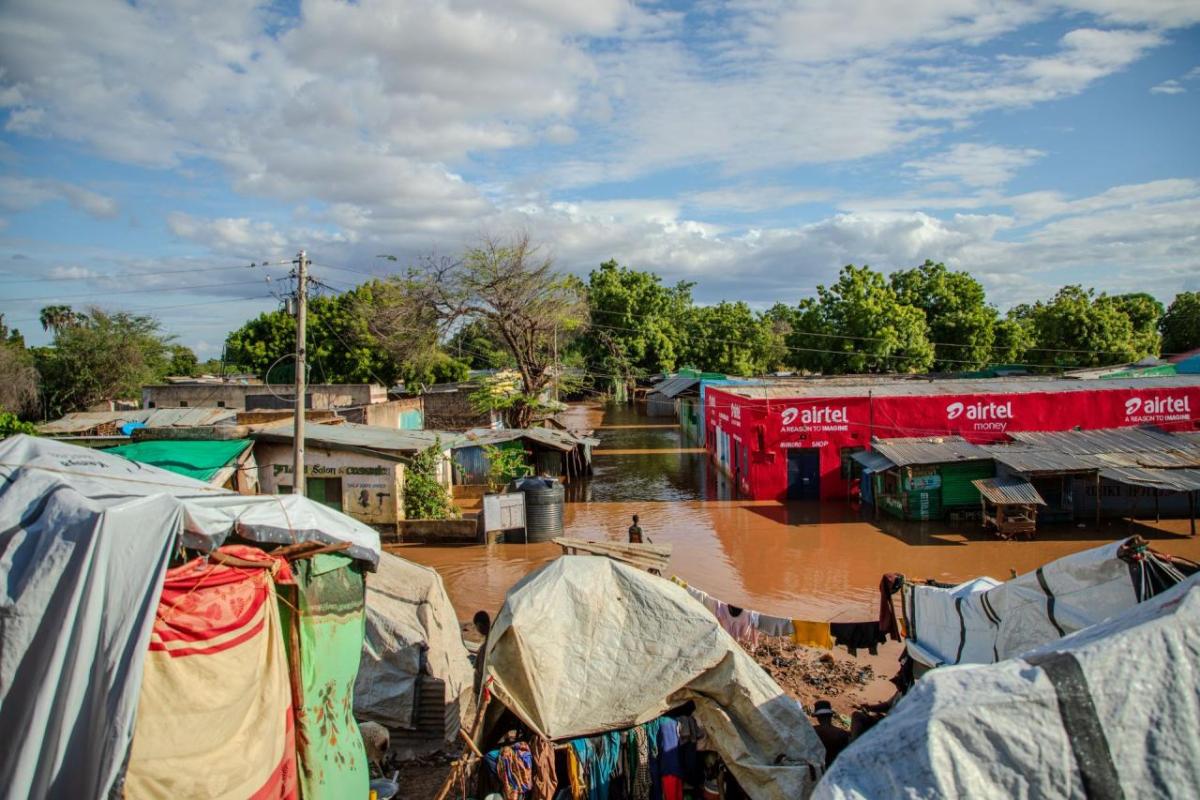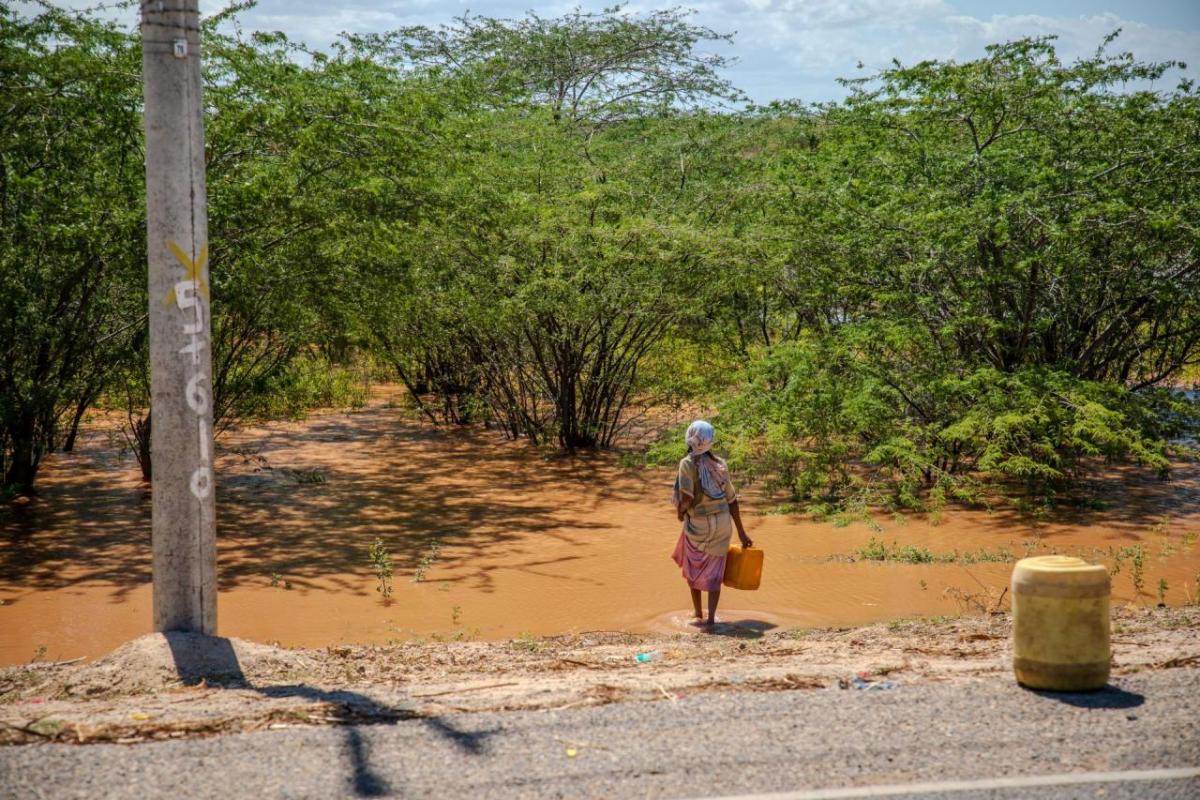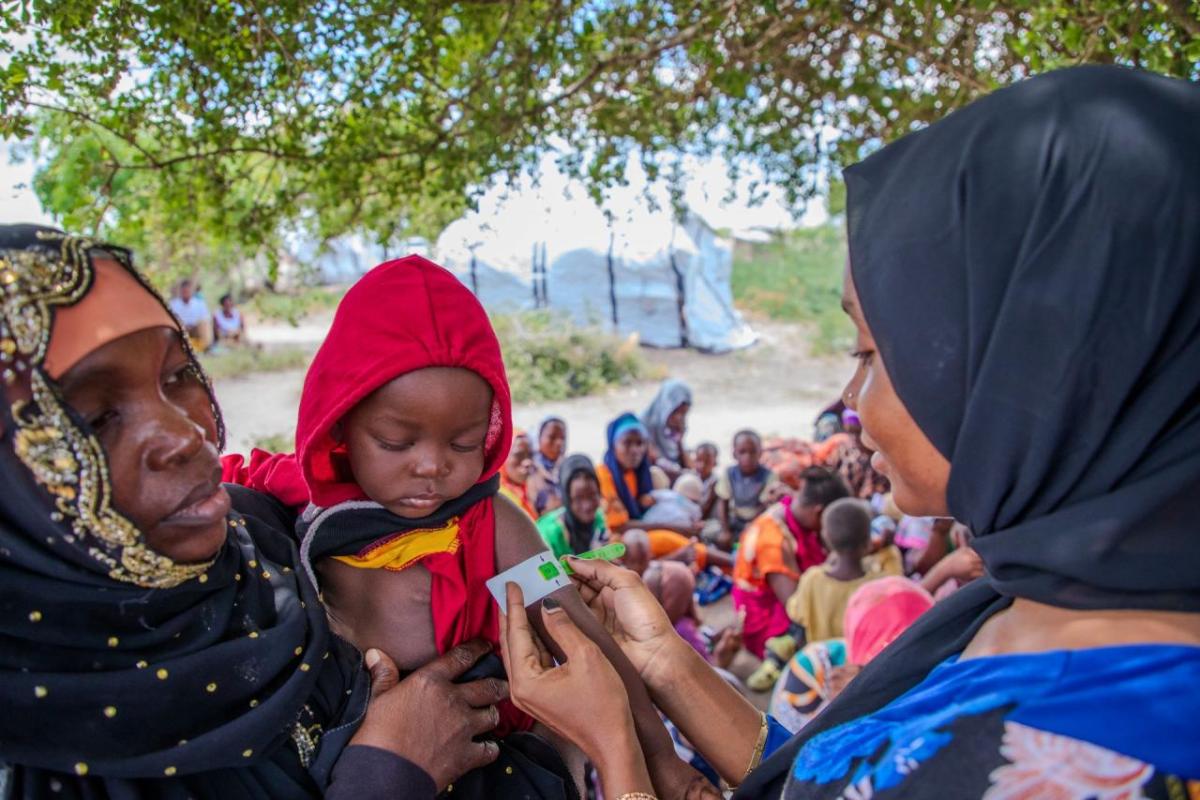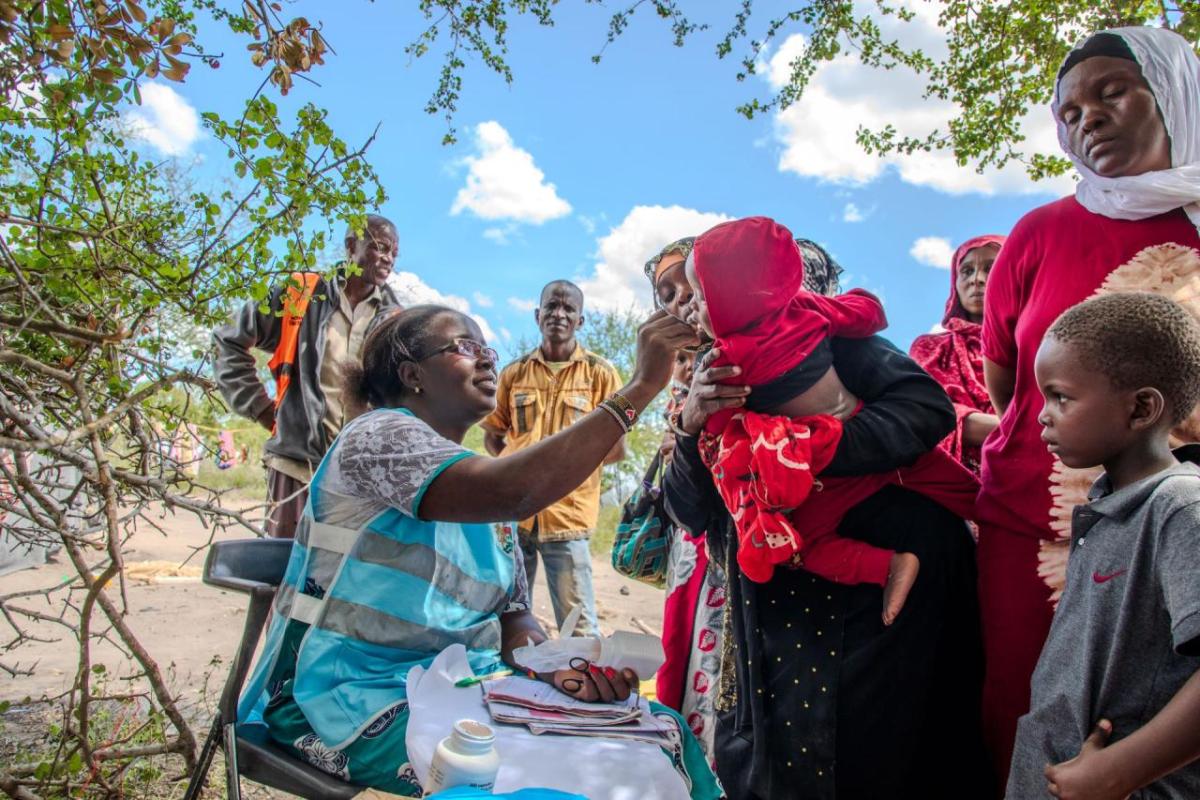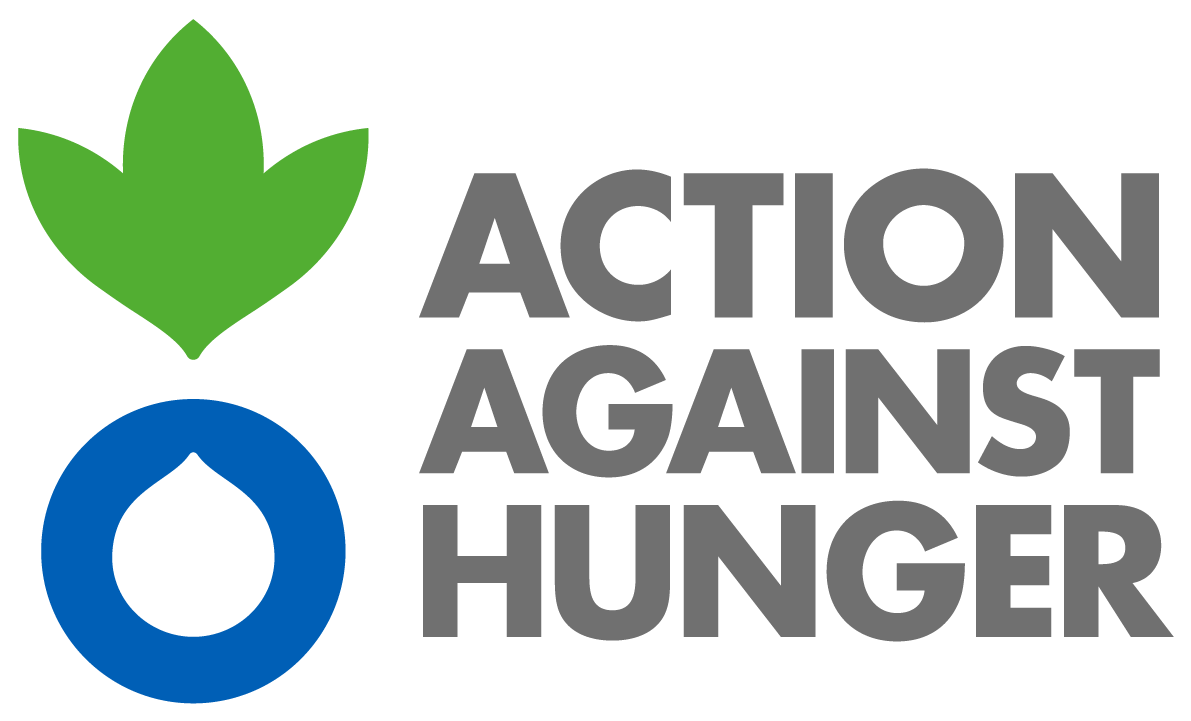As Lethal Flooding Displaces Kenyans, Cholera Cases Rise
Action Against Hunger Responds in Tana River County and Across Kenya
Kenyans have faced catastrophic flooding which has affected nearly 400,000 people, including more than 280,000 people who have been displaced. The floods are some of the deadliest in Kenya’s history, affecting 41 of 46 counties, including the capital city of Nairobi, where a quarter million people have been impacted.
Flooding began in April and lasted through early May. Rainfall is still expected through this weekend, but major downpours have stopped. Still, much of the damage is yet to come as water rushes downstream to other regions, contaminating clean water sources as it travels. Waterborne illnesses are likely.
Tana River County, an area just east of Nairobi, has already reported more than 50 cases of cholera. Water has submerged residential areas, agricultural lands, schools, and towns as these cases continue to rise. With 45,000 people displaced in this region and entire homes washed away, families are left to grapple with a grim new reality.
Tana River County is one of Kenya’s poorest, with nearly 40,000 children suffering from malnutrition. Action Against Hunger is especially targeting this region for humanitarian support. Responses include medical outreach, hygiene promotion, and the distribution of purification tablets and menstrual and sanitation kits. Families will also receive shelter kits, which include mosquito nets, kitchen sets, sleeping mats, and tarpaulins, providing essential relief for nearly 12,000 people.
Before the floods began, Action Against Hunger pre-positioned basic supplies to enable a rapid response. Now, teams are addressing the aftermath, reaching 71,000 people with cash transfer programs, healthcare, psychosocial support, and initiatives focused on water, sanitation and hygiene (WASH) assistance. For example, teams are raising awareness about good hygiene practices, which can be a matter of life or death in regions where children are drinking muddy flood water, often collected in dirty pools on the side of the road.
In Kenya, over 1,465 water sources and 62 health facilities have been damaged. Families are forced to use unsanitary water sources and unable to access medical assistance when they become ill. The country has set up 138 camps for internally displaced people, yet congestion is leading to unhygienic conditions.
The road to recovery for Tana River County and the rest of Kenya will not be an easy one. More disease outbreaks are imminent, and the risk of malnutrition only grows.
About Action Against Hunger in Kenya
Action Against Hunger has been working in Kenya since 2002. Last year, teams reached over 923,000 with programs aimed at improving food security, increasing access to clean water and sanitation, treating malnutrition, and preventing climate-induced hunger. Following the recent flooding, Action Against Hunger is responding to urgent needs and providing assistance to over 71,000 people.
About Action Against Hunger
Action Against Hunger leads the global movement to end hunger. Teams innovate solutions, advocate for change, and reach 28 million people every year with proven hunger prevention and treatment programs. As a nonprofit that works across 55 countries, the 8,900 dedicated staff members partner with communities to address the root causes of hunger, including climate change, conflict, inequity, and emergencies. Action Against Hunger strives to create a world free from hunger, for everyone, for good.
***
Photos by Abel Gichuru
Story by Abel Gichuru and Kenneal Patterson

